When Did The Digital Camera Start Being Used?
The advent of digital cameras marked a significant milestone in the evolution of photography. The journey from traditional film cameras to digital cameras has been transformative, impacting not only how we capture images but also how we store, share, and interact with them. This article delves into the history of digital cameras, their development, and their widespread adoption, providing a comprehensive understanding of when digital cameras started being used and how they have evolved over time.
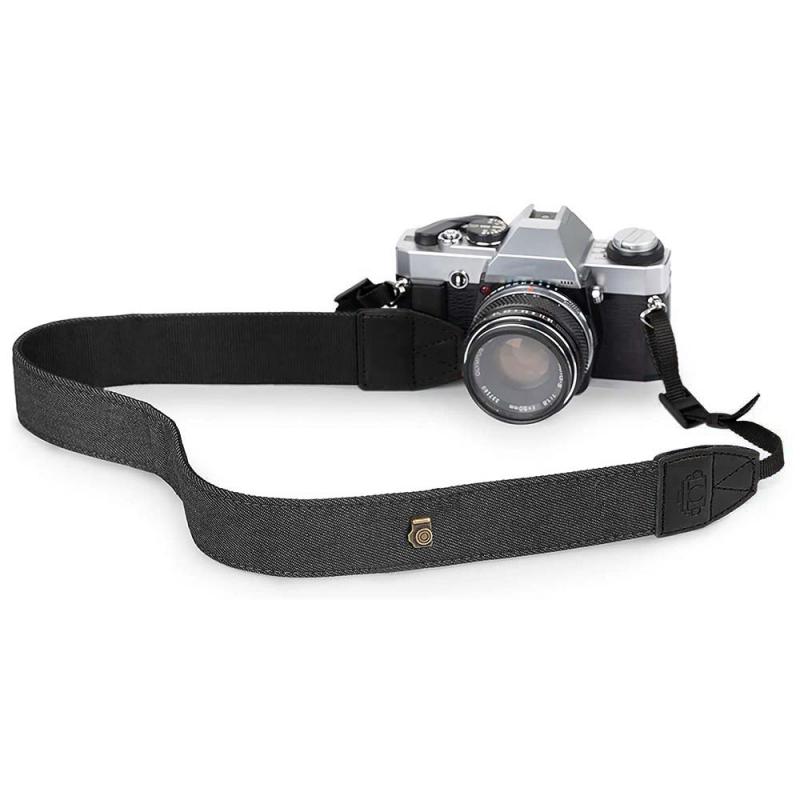
The Early Beginnings
The concept of digital imaging can be traced back to the 1960s when NASA used digital technology to capture and transmit images from space missions. However, these early digital images were not captured by what we would recognize today as a digital camera. Instead, they were produced using specialized equipment designed for scientific and military applications.
The first true digital camera was developed by Steven Sasson, an engineer at Eastman Kodak, in 1975. This prototype was a far cry from the sleek, compact devices we use today. It was a bulky contraption that used a Fairchild CCD (charge-coupled device) image sensor to capture black-and-white images at a resolution of 0.01 megapixels. The images were stored on a cassette tape, and it took 23 seconds to capture a single image. Despite its limitations, this invention laid the groundwork for the future of digital photography.
Commercialization and Early Adoption
The first commercially available digital camera was the Fuji DS-1P, introduced in 1988. This camera used a 16 MB internal memory card to store images, a significant advancement from the cassette tape used in Sasson's prototype. However, it was not widely adopted due to its high cost and limited functionality.
In 1990, Logitech introduced the Dycam Model 1, also known as the Fotoman. This was the first digital camera marketed to consumers. It had a resolution of 0.09 megapixels and could store 32 images in its internal memory. While it was still relatively expensive and had limited image quality, it marked the beginning of digital cameras becoming accessible to the general public.
The 1990s: A Decade of Innovation
The 1990s saw rapid advancements in digital camera technology. Companies like Kodak, Canon, Nikon, and Sony began developing and releasing digital cameras with improved resolution, storage capacity, and functionality. In 1991, Kodak released the DCS-100, the first professional digital camera system. It was based on a Nikon F3 body and had a 1.3-megapixel sensor. This camera was primarily used by photojournalists and professional photographers.
By the mid-1990s, digital cameras had started to gain traction among consumers. The Apple QuickTake 100, released in 1994, was one of the first digital cameras designed for the mass market. It had a resolution of 0.3 megapixels and could store up to eight images. Around the same time, Sony introduced the Cyber-shot series, which became immensely popular and helped drive the adoption of digital cameras.
The Turn of the Millennium: Mainstream Adoption
The late 1990s and early 2000s marked the transition of digital cameras from niche products to mainstream consumer electronics. Advances in technology led to significant improvements in image quality, storage capacity, and ease of use. The introduction of removable memory cards, such as CompactFlash and SD cards, made it easier to store and transfer images.
In 1999, Nikon released the D1, a 2.7-megapixel digital SLR (single-lens reflex) camera that was widely adopted by professional photographers. This camera set the stage for the future of digital SLRs, combining the versatility of traditional SLR cameras with the benefits of digital technology.
By the early 2000s, digital cameras had become more affordable and user-friendly, leading to widespread adoption among consumers. Companies like Canon, Nikon, Sony, and Panasonic continued to innovate, releasing cameras with higher resolutions, better low-light performance, and advanced features such as optical zoom and image stabilization.
The Rise of the Smartphone
The introduction of smartphones in the late 2000s brought another significant shift in the world of digital photography. The Apple iPhone, first released in 2007, featured a built-in camera that allowed users to capture and share images easily. As smartphone cameras improved in quality, they began to rival and even surpass the capabilities of standalone digital cameras.
The convenience of having a high-quality camera integrated into a device that people carry with them everywhere led to a decline in the sales of traditional digital cameras. By the mid-2010s, smartphones had become the primary tool for capturing and sharing images for most people.
The Current Landscape and Future Trends
Today, digital cameras continue to evolve, with manufacturers focusing on niche markets and professional applications. Mirrorless cameras, which offer the advantages of digital SLRs without the bulk, have gained popularity among both amateur and professional photographers. Companies like Sony, Fujifilm, and Panasonic have been at the forefront of this trend, releasing high-performance mirrorless cameras with advanced features.
In addition to hardware advancements, software and artificial intelligence (AI) have become increasingly important in digital photography. Modern cameras and smartphones use AI to enhance image quality, recognize scenes, and even suggest composition improvements. This trend is likely to continue, with future cameras becoming even more intelligent and capable.
The journey of digital cameras from their inception in the 1970s to their widespread adoption in the 2000s and beyond has been marked by continuous innovation and technological advancements. While the rise of smartphones has changed the landscape of digital photography, dedicated digital cameras remain an essential tool for professional photographers and enthusiasts.
Understanding the history of digital cameras provides valuable insights into how technology has transformed the way we capture and share images. As we look to the future, it is clear that digital photography will continue to evolve, driven by advancements in both hardware and software. Whether through the lens of a high-end mirrorless camera or the convenience of a smartphone, the ability to capture moments and tell stories through images remains as important as ever.


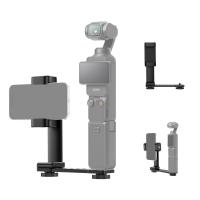

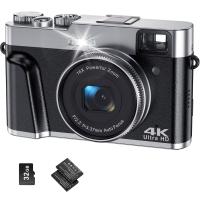
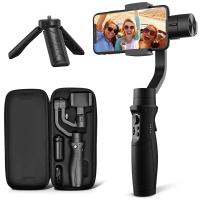
![4K Digital Camera for Photography & Video [Autofocus and Stabilisation] 48MP 16X Digital Zoom 3” 180° Flip Screen Vlog Camera with 32G SD Card, Flash 4K Digital Camera for Photography & Video [Autofocus and Stabilisation] 48MP 16X Digital Zoom 3” 180° Flip Screen Vlog Camera with 32G SD Card, Flash](https://img.kentfaith.com/cache/catalog/products/us/GW41.0065/GW41.0065-1-200x200.jpg)
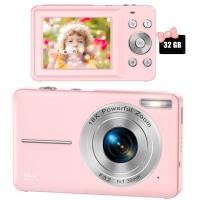
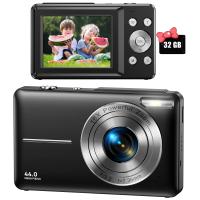
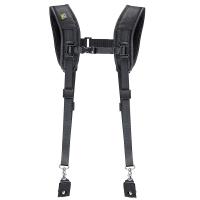
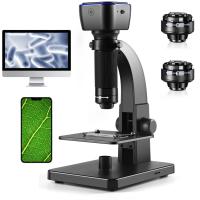
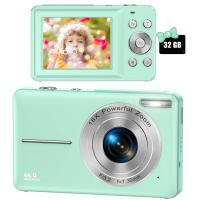

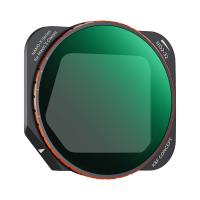







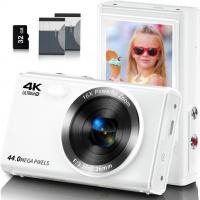
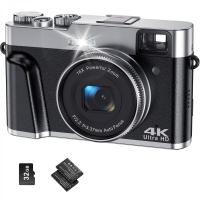
















There are no comments for this blog.